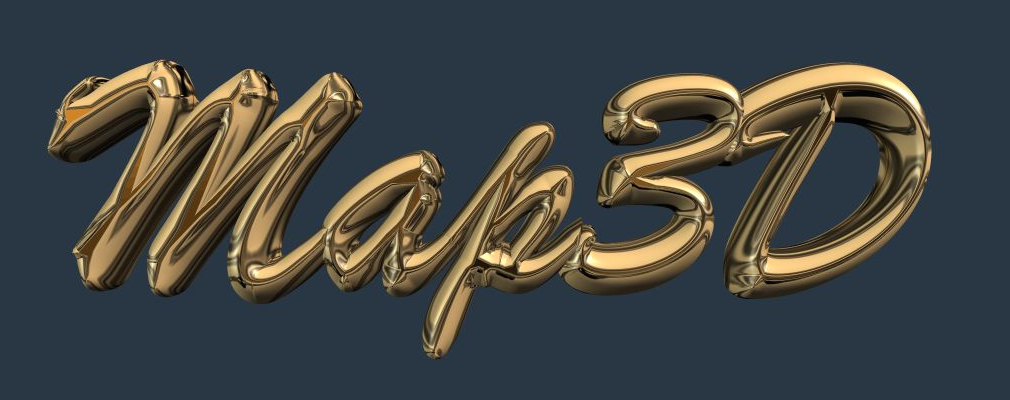Map3D has the ability to simulate everything from simple tunnels and tabular shapes to detailed 3D excavation shapes and large scale mine wide problems. The difficulty users will encounter in model construction and interpretation depend on the amount of complexity required for the simulation at hand. While simple tabular models or single tunnels are fast and easy to construct in Map3D, complex three-dimensional problems are more difficult to work with and interpret.
Map3D has a completely self-contained CAD facility. One of the keys to the ease of use is model construction using either conventional surface elements or the built-in solid modelling technology. This permits users to build models using a series of three-dimensional building blocks. These blocks, which can be any desired shape or size, are used to construct excavations and accesses, as well as to define large or irregular shaped non-homogeneous zones (ore zones, dykes and yielding zones). All of the material outside the model boundary is assumed to be a solid host material.
The program automatically builds intersections between excavations, faults and multiple material zones. By coupling this capability with the built-in Boolean operations, complex multi-step mining sequences can be constructed with ease.
Special features have been implemented to allow fast construction of tabular mining shapes. The user need only specify the perimeter of each mining step and Map3D automatically builds the required elements. The perimeter does not necessarily have to be planar. In fact any bounding polyhedron of three-dimensional points are acceptable. Complex, multi-reef, non-tabular (rolling or offset) mining is readily simulated. Intersecting faults or three-dimensional dykes can be simulated.
The tabular mining can be extruded into 3D blocks then back into tabular mining if desired. This allows construction of detailed development to be completed very quickly. Also different parts of the model can be simulated using the tabular approximation while details can be obtained in areas of interest by using true 3D shapes.
Wireframe mine plan outlines and excavation geometries can be digitized from within Map3D or imported from several sources including AutoCAD-DXF and a universal ASCII PNT format. The user can interactively build a model comprising 3D blocks and planes using the built-in CAD capabilities of Map3D. Based on the geometric outlines or free-hand drawing, the user picks corners of blocks and planes to complete construction of the model. All of this is done graphically using the comprehensive set of tools available in the CAD interface.
A model comprises one or more connected or unconnected blocks and/or planes that can be mined and filled in a specified sequence. Surfaces of blocks and planes are subsequently discretized into a number of boundary elements by the program. Extensive error checking assists the user in identifying whether the geometry is topographically valid or not. The same input data can be used for elastic, thermal/fluid flow or non-linear analysis.
Analysis results can be contoured on element surfaces or on a series of used defined field point grid planes. These later planes can be positioned at any desired location and allow contouring of stresses, strains, displacements, strength factors or any desired combination of these components. Line contours and/or colour filled contours can be generated with options for labels, trajectories, transparency, grid lines and more.
Results can be exported in many formats including raster screen dumps, vector screen dumps or selected grid or surface locations with user configurable format.
Map Suites